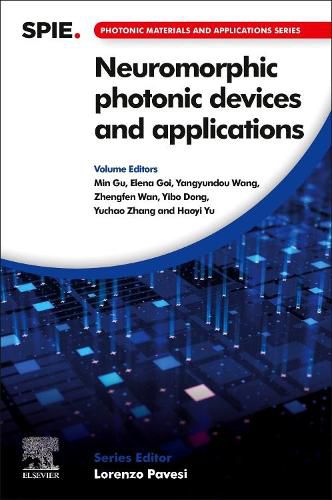Readings Newsletter
Become a Readings Member to make your shopping experience even easier.
Sign in or sign up for free!
You’re not far away from qualifying for FREE standard shipping within Australia
You’ve qualified for FREE standard shipping within Australia
The cart is loading…






Neuromorphic Photonic Devices and Applications synthesizes the most critical advances in photonic neuromorphic models, photonic material platforms and accelerators for neuromorphic computing. The book discusses fields and applications that can leverage these new platforms. A brief review of the historical development of the field is followed by a discussion of the emerging 2D photonic materials platforms and recent work in implementing neuromorphic models and 3D neuromorphic systems. The application of artificial intelligence (AI), such as neuromorphic models to inverse design neuromorphic materials and devices and predict performance challenges is discussed throughout.
Finally, a comprehensive overview of the applications of neuromorphic photonic technologies and the challenges, opportunities and future prospects is discussed, making the book suitable for researchers and practitioners in academia and R&D in the multidisciplinary field of photonics.
$9.00 standard shipping within Australia
FREE standard shipping within Australia for orders over $100.00
Express & International shipping calculated at checkout
Neuromorphic Photonic Devices and Applications synthesizes the most critical advances in photonic neuromorphic models, photonic material platforms and accelerators for neuromorphic computing. The book discusses fields and applications that can leverage these new platforms. A brief review of the historical development of the field is followed by a discussion of the emerging 2D photonic materials platforms and recent work in implementing neuromorphic models and 3D neuromorphic systems. The application of artificial intelligence (AI), such as neuromorphic models to inverse design neuromorphic materials and devices and predict performance challenges is discussed throughout.
Finally, a comprehensive overview of the applications of neuromorphic photonic technologies and the challenges, opportunities and future prospects is discussed, making the book suitable for researchers and practitioners in academia and R&D in the multidisciplinary field of photonics.